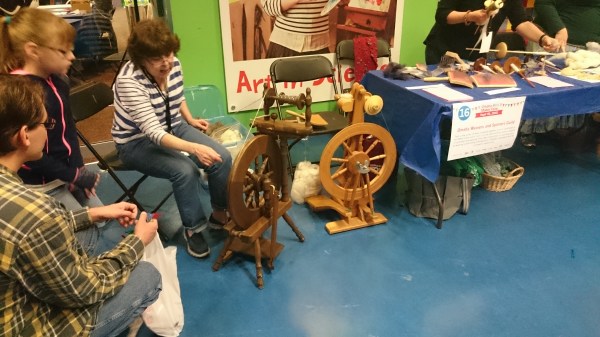[Massimo Moretti] has a big idea – to build housing on the cheap from locally sourced materials for a burgeoning world population. He also has a background in 3D printing, and he’s brought the two concepts together by building a 12 meter tall delta-bot that can print a house from clay.
The printer, dubbed Big Delta for obvious reasons, was unveiled in a sort of Burning Man festival last weekend in Massa Lombarda, Italy, near the headquarters of [Moretti]’s WASProject. From the Italian-language video after the break, we can see that Big Delta moves an extruder for locally sourced clay over a print area of about 20 square meters. A video that was previously posted on WASProject’s web site showed the printer in action with clay during the festival, but it appears to have been taken down by the copyright holder. Still, another video of a smaller version of Big Delta shows that clay can be extruded into durable structures, so scaling up to full-sized dwellings should be feasible with the 4 meter delta’s big brother.
Clay extrusion is not the only medium for 3D printed houses, so we’ll reserve judgment on Big Delta until we’ve seen it print a livable structure. If it does, the possibilities are endless – imagine adding another axis to the Big Delta by having it wheel itself around a site to print an entire village.
Continue reading “Enormous Delta-bot 3D Designed To Print An Entire House”


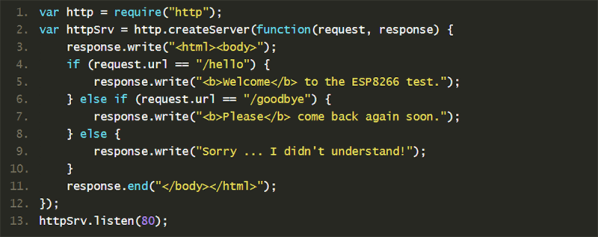

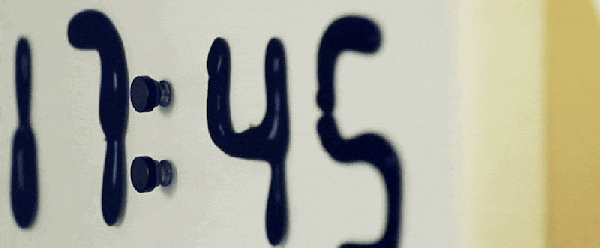
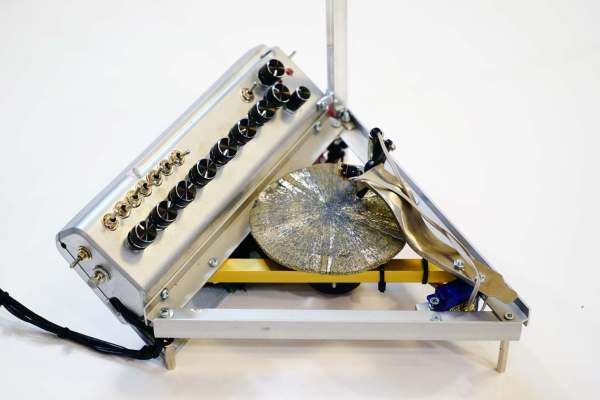
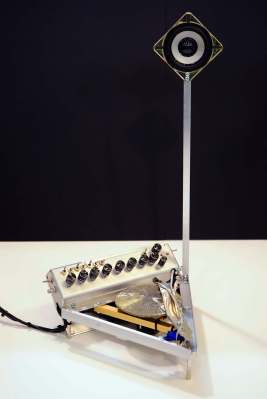 Pyrite discs, also known as pyrite suns or pyrite dollars, are a form of pyrite in which the crystallization structure forms a disc with radial striations. Pyrite discs are unique to the area around Sparta, Illinois, and are generally found in coal mines there. They have no real practical use, but are a favorite of mineral collectors because of their interesting aesthetics.
Pyrite discs, also known as pyrite suns or pyrite dollars, are a form of pyrite in which the crystallization structure forms a disc with radial striations. Pyrite discs are unique to the area around Sparta, Illinois, and are generally found in coal mines there. They have no real practical use, but are a favorite of mineral collectors because of their interesting aesthetics.
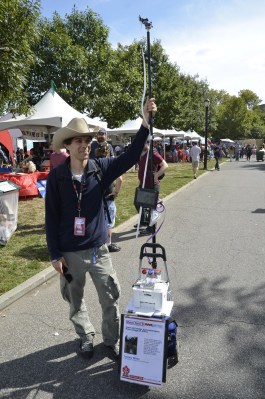 nside the gates, we ran into [Tommy Mintz] who was showing off his
nside the gates, we ran into [Tommy Mintz] who was showing off his 